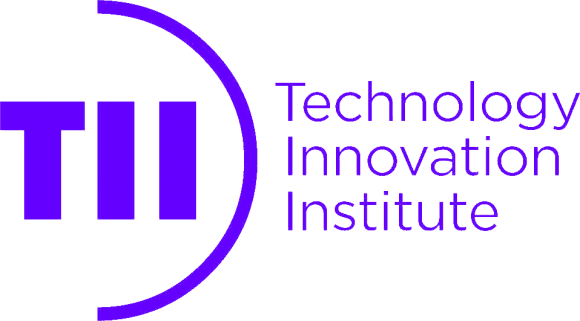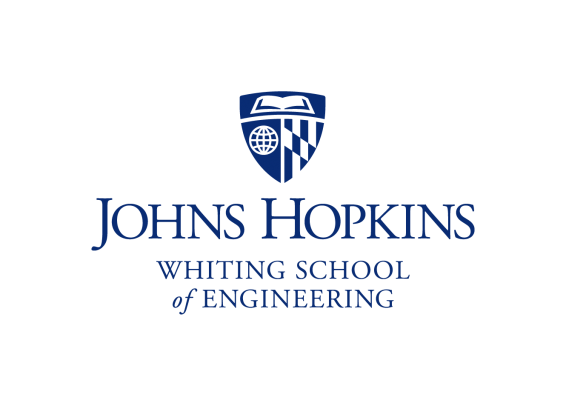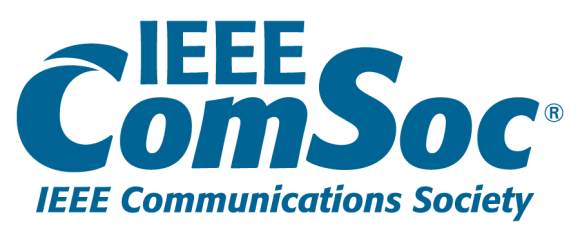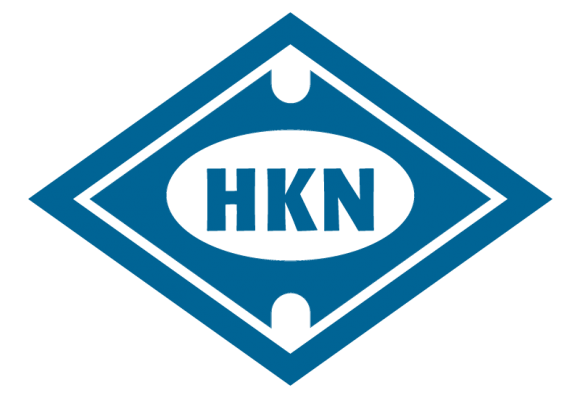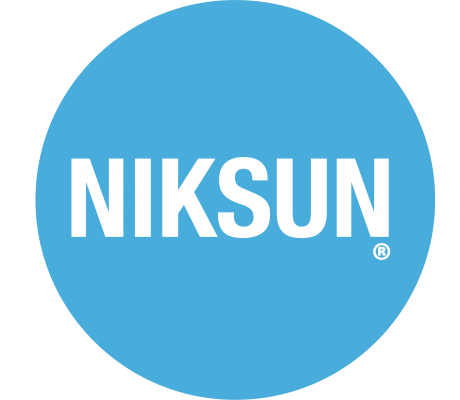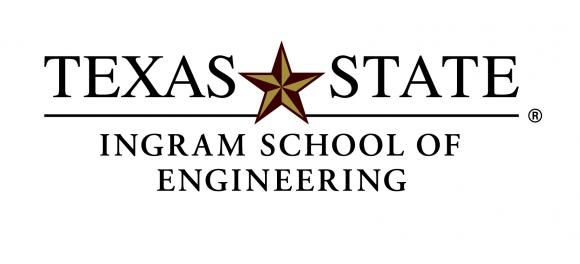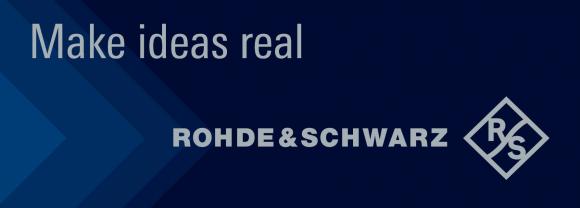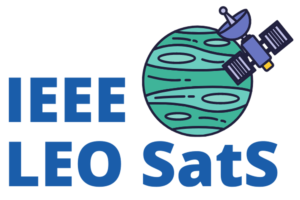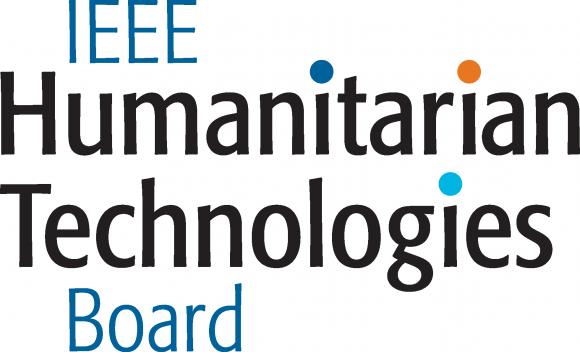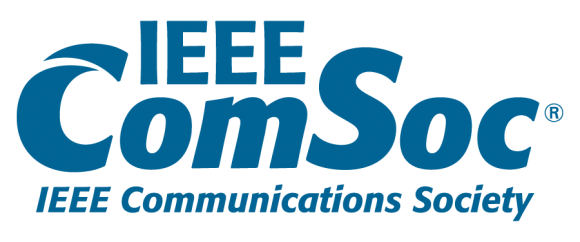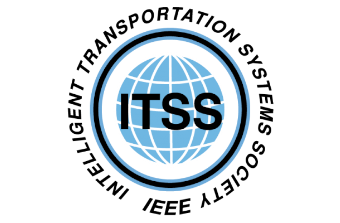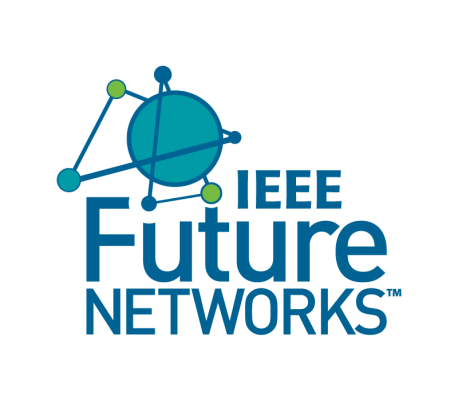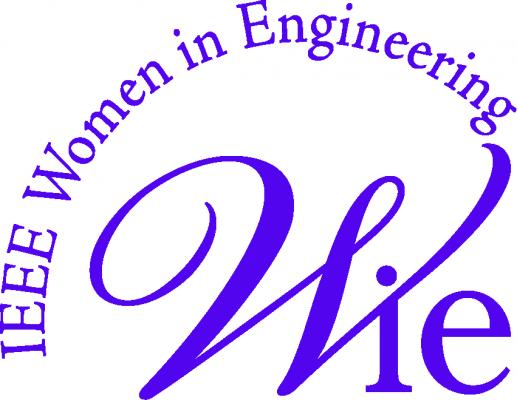IMPORTANT DATES
Symposium Paper Submission: 21 July 2023 8 September 2023 02 October 2023 (FINAL)
Symposium Paper Acceptance Notification: 1 September 2023 Rolling
Camera-Ready Submission: 10 October 2023
SYMPOSIUM ORGANIZERS
- Vitaly Petrov, Northeastern University College of Engineering, USA
- Chong Han, Shanghai Jiao Tong University, China
- Hina Tabassum, York University, Canada
SCOPE AND MOTIVATION
Wireless communications in the sub-terahertz and terahertz (THz) bands (or broadly speaking, from 100 GHz up to 10 THz) have been envisioned by both academia and industry as a key enabler of future sixth-generation (6G) wireless networks. The very large available bandwidth at THz frequencies offers enormous potential to alleviate the spectrum scarcity problem and break the capacity limitation of existing wireless communication systems.
Hence, THz communications are expected to support epoch-making wireless applications that demand reliable multi-terabits per second data rates, ranging from holographic communications, extended reality, and ultra-high-definition content streaming among mobile devices, to wireless backhaul connectivity and even satellite communication networks that can help us bridge the digital divide. Moreover, beyond communications, the THz band opens the door to new forms of wireless sensing beyond radar and localization, including air quality monitoring, climate change study and even nano-bio sensing for transformative healthcare applications.
Importantly, many prospective use cases for THz communication and networking systems will have to operate with large antennas, especially for mobile setups. Hence, the systems will have to often operate in the THz near field. Consequently, contributions on the performance boundaries in the THz near field, as well as possible solutions for near-field THz communication and sensing systems are of particular interests.
TOPICS OF INTEREST
The aim of this symposium is to collect the contributions presenting the latest updates on the THz wireless technologies development for communication and sensing purposes. We also welcome submissions presenting novel insights on the design, analysis, development, and deployment of THz communications, sensing, and networking solutions, related but not restricted to the following topics:
- THz channels and THz systems
- Information-theoretic analysis of Terahertz communications
- Channel models for Terahertz communications
- Channel estimation techniques for Terahertz communications
- System-level modeling and experimental demonstrations for Terahertz communications
- Coexistence of Terahertz with millimeter wave and sub-6GHz transmissions
- THz hardware
- Transceivers for Terahertz communications
- Antenna and massive antenna arrays for Terahertz communications
- THz physical layer
- Ultra-broadband modulation and waveform design for Terahertz communications
- Beamforming, precoding, and space-time coding schemes for Terahertz communications
- Near-field Terahertz communications
- THz MAC and networking layers
- MAC layer design for Terahertz communications
- Interference management for Terahertz communications
- Relaying and routing in Terahertz communications
- Mobility management (including near-field to far-field mobility)
- Spectrum and power allocation algorithms
- Applications and services supported by THz systems
- Terahertz for space communications
- Terahertz for nano-networks
- Terahertz for industrial IoT
- Terahertz for network sensing
- Terahertz for vehicular networks
- Terahertz for eXtended Reality (XR) services
Symposium Paper Submission
All papers should be submitted via EDAS, Symposium on Terahertz Communications for Future Networks track. Full instructions on how to submit papers are provided on the IEEE FNWF 2023 website: https://fnwf2023.ieee.org/information-authors



